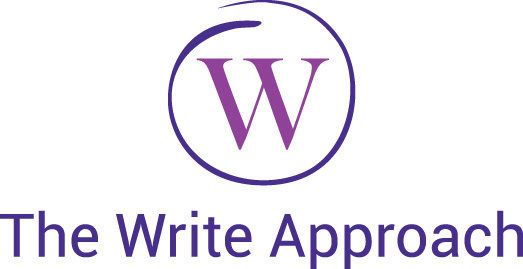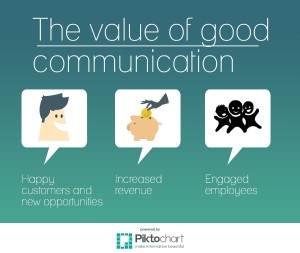What’s the cost of bad communication?
No one intends to communicate badly. It usually happens because people are rushed or they rely on inaccurate assumptions, like:
- Everyone knows a piece of important information.
- Everyone understands what that means.
- We told everyone once in an email.
Whatever the reasons, where there’s bad communication, confusion reigns and mistakes are made.
How do you avoid bad communication?
I’ll share a story from my personal life about the consequences of bad communication. Recently my 90-year-old dad spent three weeks in the hospital. The communication was bad. The cost was high for everyone involved. The lessons learned can be applied to many situations.
Lesson 1: Know your audience. Not everyone understands what you mean.
Throughout my father’s hospital stay, the medical team would use language that left me confused and frustrated. They would routinely use meaningless (to me) acronyms or would casually give information without context. In one circumstance I was hurriedly told, “He has gone into congestive heart failure” without being given any explanation.
In communication, the number one rule is to know your audience. Understand the language they use and what’s important to them. It’s not about “dumbing” things down; it’s about taking the time to understand how your audience thinks and reacts.
In my situation, the cost was stress and worry. In business, the cost may be losing a customer. Are you speaking in language they understand? Does your message matter to them? Without knowing your audience, your message may be lost.
Lesson 2: Communicate changes
When it came to dad’s discharge, we learned not to trust the information we were given. A sign posted prominently in dad’s room warned us he needed to be picked up by 9:00 AM. Twice we rushed to arrive on time only to learn his discharge date had changed.
Communicating changes allows everyone to respond and come up with a plan. In our case, we could have avoided a dangerous drive in near blizzard conditions.
In business, it could mean avoiding expensive delays or putting emergency plans in place. A solution can only be found if everyone knows there’s a problem.
Lesson 3: Share important information and document it. Telling everyone once is not enough.
The most dangerous lapse in communication involved a missed medication. When dad was first admitted, he was temporarily taken off one of his medications. The plan to restart wasn’t recorded anywhere. He ended up in congestive heart failure.
It’s easy to assume that “everyone just knows this”. It’s a common mistake companies make with employees. They assume that everyone has the same information. Chances are, they don’t.
Communicating information once is rarely enough. An email can be missed. Details can be forgotten. You have to look for ways to share and document information so others can access when they need it.
Lessons learned
Thankfully, my dad recovered and is back at home. The cost of bad communication in his case included a hospital stay that lasted two weeks longer than it should have, at a cost of thousands of dollars to the health care system, a weakened condition when he returned home and a very stressed out family.
In business, the consequences may not be life or death, but the cost can be devastating. To avoid bad communication, start with knowing your audience and make every effort to speak their language. Share information and document it for others. Don’t ignore problems in hopes they’ll go away. Communicate changes so that others can take action.
Be an advocate for good communication. The cost of bad communication is just too high.

